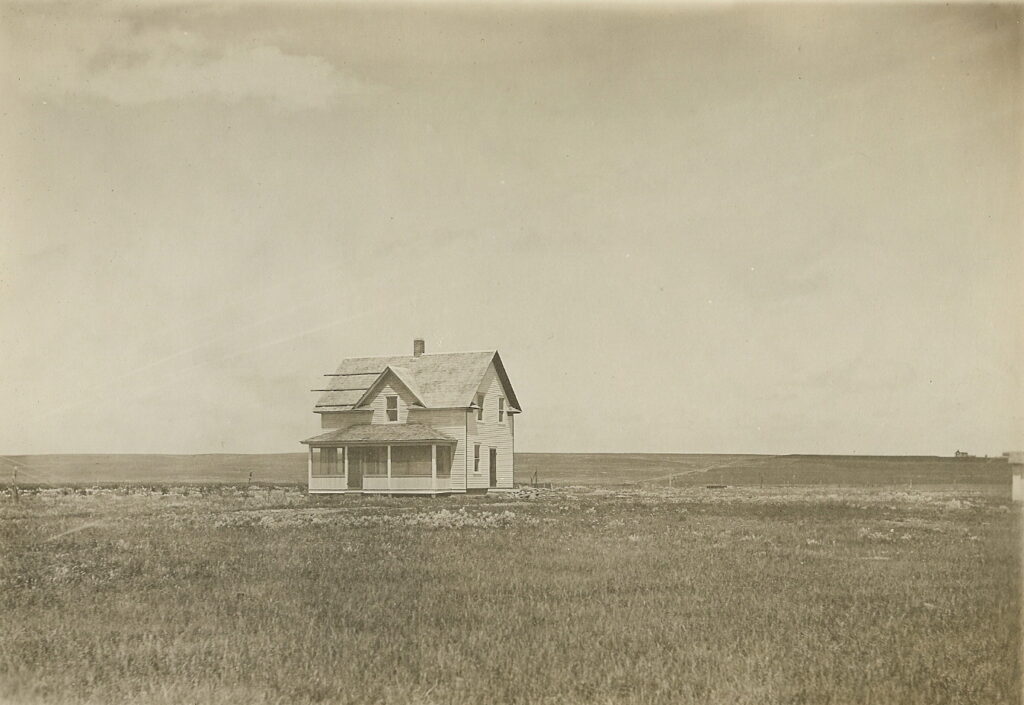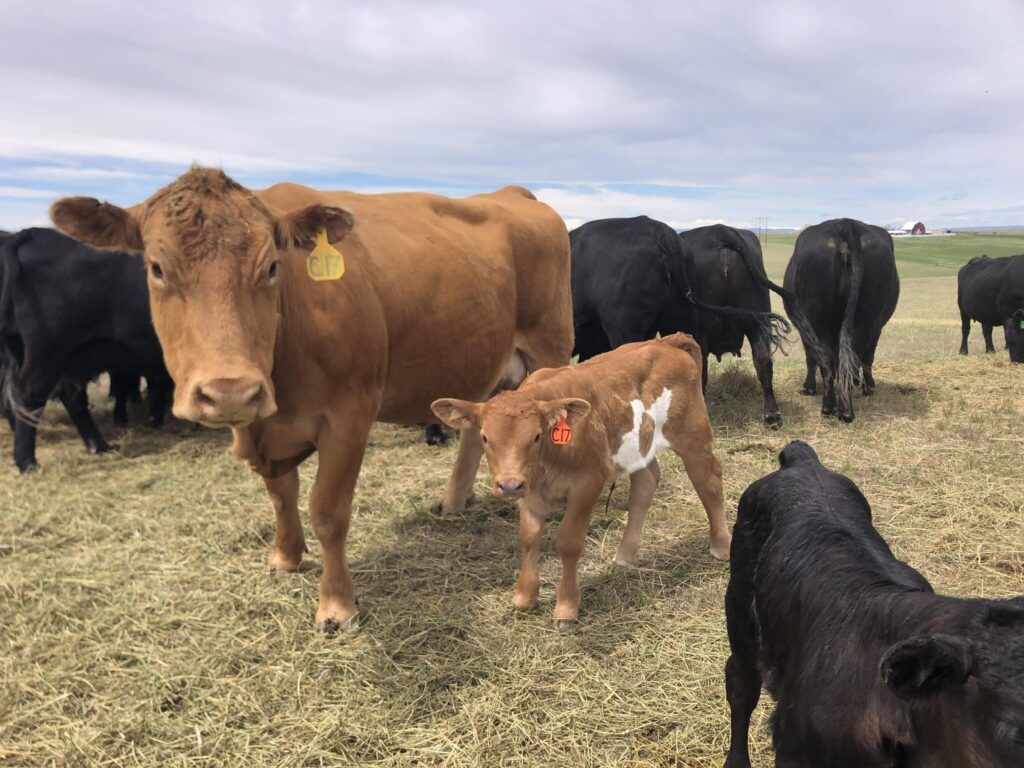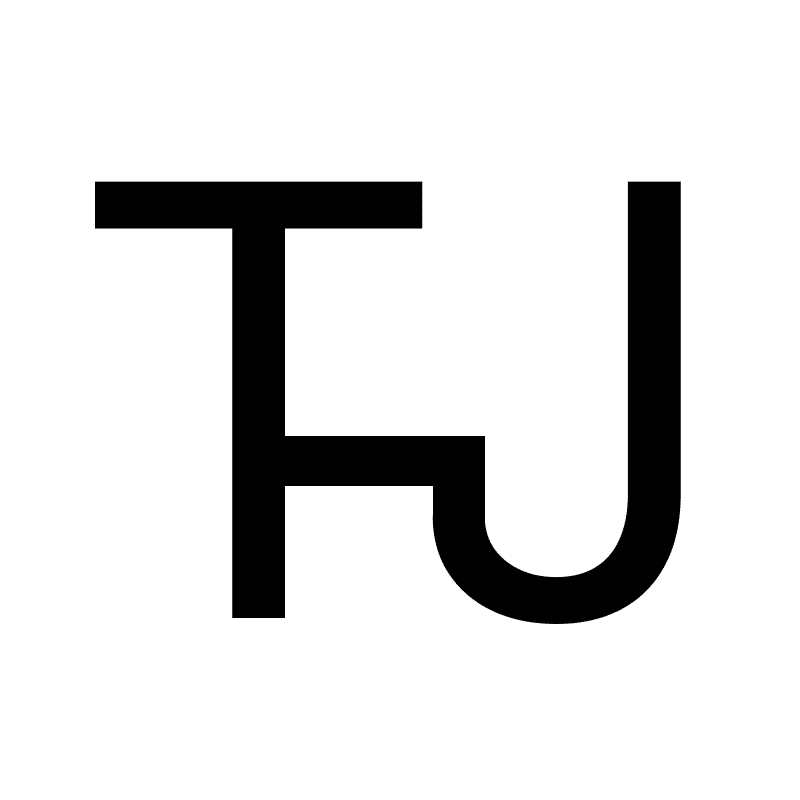“We care a lot about our customers, and a lot about our animals, and about our land. The meat people will buy from us is really healthy,” says Amber Nordahl, owner of T Bar J Ranch. “What we say it is is what you’re getting.”
And there are no false claims there. T Bar J is characterized by its relationships. From how they walk their land, to the observations of their cattle, and their dealings with their community and customers, Amber and her husband Al treat every aspect of their business with respect and intentionality.
Located in Molt, MT, T Bar J Ranch is regenerative ranch raising Angus and Gelbvieh cattle. The Nordahl family have lived on the land for 115 years, making T Bar J Ranch one of the few Montana Centennial Farms and Ranches. In 1909 Al’s grandfather, Nathan Nordahl, obtained 240 acres through the Homestead Act. Over the next three years, Nathan planted wheat, oats and hay, and built a chicken house, barn, two granaries, and the handsome two-story house that Amber and Al still live in today. In 1912 the Nordahl brand was registered for the first time: T Bar J — the initials of Nathan’s soon-to-be wife, Theoline Johanna, who was homesteading her own 160 acres. In 1917, Nathan and Theoline were married, and over time they gradually increased the size of T Bar J Ranch.



Now in the third generation of Nordahls to live on T Bar J, Amber and Al have learned a thing or two about what it takes to raise premium beef naturally. It’s no surprise that the key lies in how the cattle are cared for. For Amber and Al, this means a lot of time spent in and among the animals, looking at health, nutrition, handling, and even insect pressure. Simply put – they know their animals. “You just have to notice the details. We have a lot of land and cattle and you just have to be out there every day,” says Amber. The husband and wife duo work hard to create a low-stress environment for the animals, doing their best to work with the animal’s instincts, rather than against them. For 30 years, they have been Beef Quality Assurance certified, indicating that they use best practices that result in cattle well-being, beef quality, and safety.
And the land is the other key the Nordahls pay attention to. “We work with six inches of topsoil, rain, and sun,” says Amber. But as you can imagine, their ranch is a lot to manage. In order to prevent soil erosion, build up organic matter, and ensure quality grass for their cattle, the Nordahls created a grazing plan that divides their range into 40 pastures and allows their cattle to rotationally graze year-round. This system ensures enough grass is left in the pastures that it can healthily regrow by the following year. They also do not use synthetic fertilizers or pesticides on the grass, only allowing for selective invasive weed management. Healthy Land = Healthy Animals.

But healthy animals also need water, and as with many ranches in Montana, access to enough good water is quite the challenge. On average, a cow drinks 30 gallons of water a day, which can mean a lot of hauling water to far-out pastures. Amber reminisced that some days choices had to be made between hauling water to the cows or having water at the house. “Are you going to water the cows or wash clothes? The cows always come first!” In 2018, in order to increase the size of their herd and more effectively utilize the range, the Nordahls drilled a well, and installed eight miles of pipeline, eight new water tanks, and 6,000-gallon cistern on their land. Now, household chores don’t have to compete with the cattle.
“A big job is just making sure all the cows are healthy, happy, fed, and in the right place,” noted Amber. “You can’t plan too far ahead. As soon as you plan that you’re going somewhere or doing something, the cows may be out, or the water tank is empty. You never know what you’re doing until you’ve checked the cows.” Even holidays must be designed in consideration of the cattle. “We have a pasture designated as the ‘Christmas Pasture’, where we put the cows for the ten days around the holidays. We can see it from the house and road, that way we can enjoy Christmas and family a little easier.”
The cattle on the ranch are under Amber and Al’s care from birth to processing. And when life is this interwoven with the animals you care for, processing day is not easy. “I think they have the best life they could ever have here. And I wish we could keep all of them at home. Because they all have their own personality. They’re individuals,” said Amber. The Nordahls view finishing their own cattle as worthwhile, though, because they believe their community needs a source for healthy meat, raised in a healthy way, that will nourish their bodies. Their beef is all natural, and antibiotic and hormone free. “I think we raise the best cattle that there are. And the meat that we raise is naturally good. We sell meat because we want our people to have it. I don’t like sending our cows to town,” says Amber.
Processing also comes with other challenges. USDA inspected meat processing companies are in high demand in Montana. Even without knowing the exact amount of cattle that will be ready for processing, the Nordahls must schedule dates a year in advance. “The processor is the biggest step for us from getting cows and steers from our place to somebody’s freezer. And I think you need to treat them as the most important part,” says Amber. And the Nordahls certainly do. They’ve partnered with Stillwater Packing in Columbus for nearly 40 years, making sure to bring sandwiches, cookies, and conversation to brighten their day. “You just have to treat them with respect, and as part of your team. Because they get it from both ends. They get people picking up their meat and they’re questioning something, then they get the ranchers who are coming in with animals and they’re upset about something else. And they’re just in the middle trying to cut up meat.”

T Bar J Ranch bulk beef shares become available twice a year, in June and July, then again in September and October. Customers can purchase eighths (50 pounds), quarters (100 pounds), or halves (200 pounds) of beef, and can expect a T Bar J hat and a jar of honey from T Bar J bees with their purchase. Smaller beef bundles can be purchased year round. Customers can also add on organ meat if desired, and this year, there will be the option to bundle beef with local pork in half pig (50 pounds) or whole pig (100 pounds) options. “When they buy meat from us, they get more than just pounds of meat,” says Amber, They’re gonna get premium beef, not feedlot beef, and they can get bones if they want, and organs, I always put in some sort of surprise cut, and they get honey, and recipes, and it’s a friendship.” Each week, Amber sends out “Ranch Roundup” newsletters, containing ranch-happenings, pictures, recipes, and agricultural education. Purchases are backed by a 100% satisfaction guarantee or your money back, and can either be shipped or hand-delivered by Amber and Al.
“We enjoy all the people. That’s the fun part. All the stories. We get to talk to them. And we get a road trip when we deliver. It makes you smile when they tell you how much they enjoy the beef that you gave them. We go to their house and help them load it into their freezer. The fun part is the people.”
These relationships with their land, cattle, and community are the foundation of the Nordahls’ business. “You need to be as close to your food source as you can get,” says Amber. “I think you need to check how it was raised and what it was fed, and who raised it. Know that person and trust them.”
